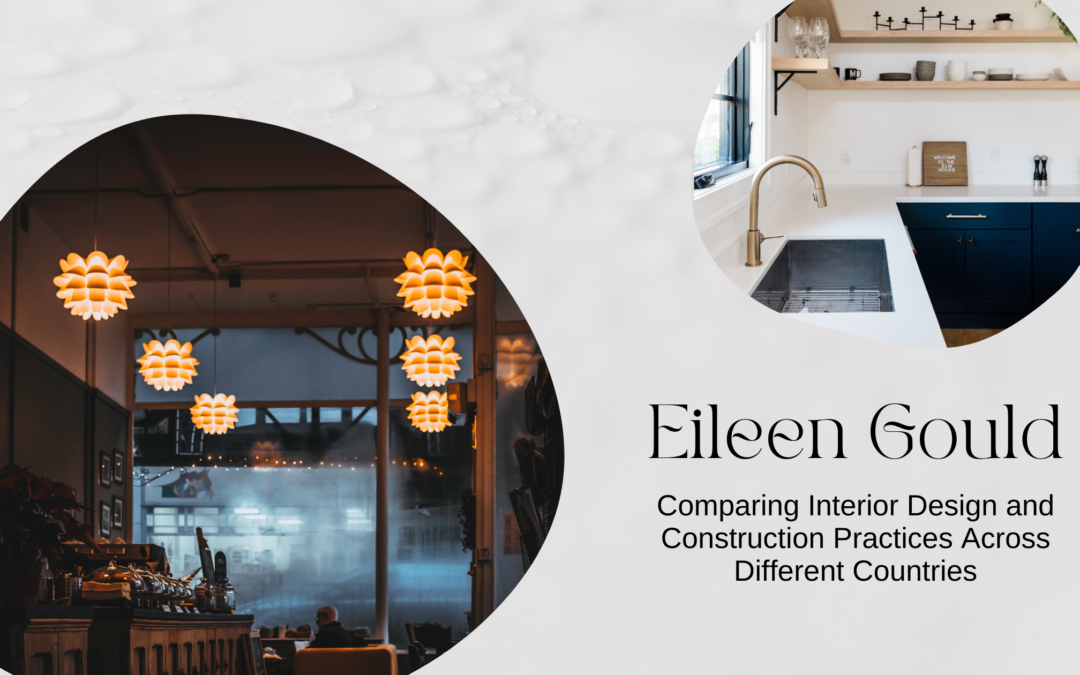The interior design and construction world is as diverse as the countries it encompasses. Each country has its unique culture, history, and architectural styles, which contribute to the differences in how they approach interior design and construction practices. In this blog, we will explore a variety of countries and their different interior design and construction methods. We will highlight how the local environment and cultural influences shape these differences.
United States
In the United States, European styles and modern innovations heavily influence the interior design and construction practices. American interior designers often blend traditional and contemporary elements to create an eclectic and inviting atmosphere. Construction-wise, the US has a well-established system of building codes, permits, and inspections to ensure safety and quality. Green building practices and sustainable design are also gaining traction in the country as more people become environmentally conscious.
Japan
Japanese interior design is characterized by its minimalist and efficient use of space, emphasizing natural materials and a solid connection to nature. Traditional Japanese architecture features sliding doors, tatami mats, and simple furniture, which can be easily rearranged to suit various purposes. Japan is known for its cutting-edge earthquake-resistant technology in terms of construction due to its location in a seismically active region. Japanese builders also prioritize energy efficiency and sustainable materials in their construction practices.
India
India’s rich cultural heritage is evident in its vibrant and colorful interior design. Indian homes often feature intricate patterns, bold colors, and a mix of traditional and contemporary elements. Handcrafted textiles, wood carvings, and metalwork are commonly used to create a warm and inviting atmosphere. In terms of construction, India has seen rapid urbanization in recent years, leading to the development of modern building techniques and materials. However, traditional methods are still prevalent in rural areas. Homes are often built using locally sourced materials such as mud, bamboo, and thatch.
Sweden
Swedish interior design is synonymous with the Scandinavian design movement, emphasizing simplicity, functionality, and minimalism. The use of light colors, clean lines, and natural materials are hallmarks of Swedish design, creating a calming and harmonious atmosphere. The Swedish construction industry is highly focused on sustainability and energy efficiency, with strict building regulations to ensure environmental responsibility. Prefabricated construction is also popular in Sweden, allowing for quicker and more efficient building processes.
Morocco
Rich colors, intricate patterns, and luxurious textures characterize Moroccan interior design. Traditional Moroccan homes feature detailed tilework, ornate plasterwork, and carved wooden doors, creating a sense of opulence and warmth. Moroccan buildings are typically made from locally sourced materials such as clay, stone, and wood, which help regulate indoor temperatures and supply natural insulation. Courtyards and rooftop terraces are common features in Moroccan architecture, allowing for ample ventilation and outdoor living spaces.
Conclusion
As we have seen, interior design and construction practices vary significantly across different countries, influenced by factors such as climate, local resources, and cultural heritage. By exploring these diverse approaches, we can gain a greater appreciation for the creativity and ingenuity of designers and builders worldwide. This global perspective also serves as a source of inspiration as we continue to innovate and adapt to the ever-changing needs of our own homes and communities.


